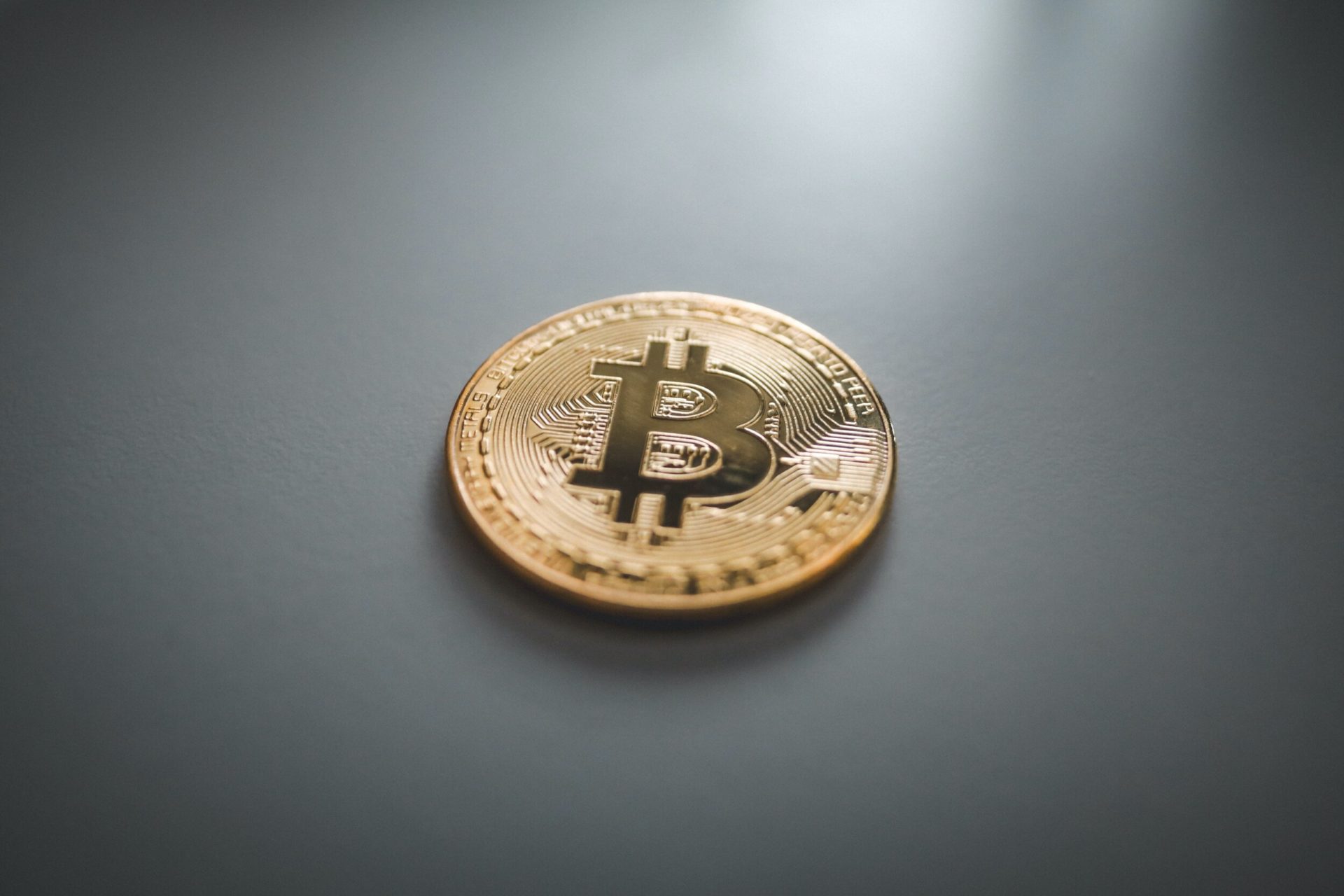
Bitcoin (BTC) has no intrinsic value. It can’t because it doesn’t actually exist. So, why then has the price of BTC increased over 15,000 percent in just the past 5 years from $350 to over $55,000? To explain this, it is necessary to understand how Bitcoin came to exist and how cryptocurrency works.
Bitcoin was introduced as a new type of digital currency to the world on October 31, 2008, in a paper entitled “Bitcoin: A Peer-to-Peer Electronic Cash System” under the pseudonym Satoshi Nakamoto. It promised to offer users lower transaction fees than traditional online payment mechanisms and, unlike government-issued currencies, it would be overseen by a decentralized authority. This oversight is accomplished through the use of an encrypted blockchain.
A blockchain is essentially a digital ledger of transactions that is duplicated and distributed across the entire network of participating computer systems. Each block in the chain contains a record of transactions, and every time a set of transactions is added, that data becomes another immutable block in the chain – hence the term “blockchain.” It is important to note that if transactions are not verified through the creation of these blocks, there would be no security and the entire blockchain network would be severely compromised. The creation of these encrypted blocks which contain transaction information is achieved through the process of mining.
While it isn’t necessary to understand the computational complexities of mining, it is relevant to know that Bitcoin mining is performed using expensive high-powered computers executing software that attempts to generate new blocks by solving the hash process of verifying and encrypting transaction information. Anyone can do this, and millions of people lease out the processing power of their computers to maintain the Bitcoin system in exchange for the cryptocurrency as payment. Some individuals (and governments) maintain sizeable arrays of computers dedicated to mining Bitcoins – called “mining farms.”
The ability of computers to mine a new block of cryptocurrency is directly dependent on the current difficulty level of the blockchain. The bitcoin cryptocurrency algorithm is designed to adjust this difficulty level to a value such that a new block is added to the blockchain at approximately 10-minute intervals and rewards the account which finds it with 6.25 BTC. After every 210,000 blocks, around every 4 years, this reward is cut in half. Consequently, as more and more computers join the effort to create new blocks, the difficulty is increased to maintain the 10-minute interval, though the reward is not raised. For reference, in Feb. 2016, when the price of BTC was around $350, the difficulty level was 1.2 x 1011 and today it is almost 2.2 x 1013, representing an increase of over 18,000 percent.
To keep up with this ever-increasing difficulty and maintain the production of blocks, the computational power of computers participating in the mining process must also continue to increase proportionally. This necessarily raises both the cost of computer mining equipment, better known as ASICs, as well as the cost of the electricity required to keep them running. At today’s valuation, an ASIC miner that would be profitable – such as the Bitmain S19 – would cost a little over $5,000 and use around 3,250 watts of electricity. Comparable to that of a home air conditioner running 24-hours a day, that represents a weekly expense of $82 at $0.15/kwH.
The world is only just starting to grapple with the environmental costs of the cryptocurrency craze. The carbon footprint of this widespread computational processing is so large, that if it were a country, its annual carbon footprint would be close to that of New Zealand, which is about 37 million tons of carbon dioxide. Framed differently, one Bitcoin transaction would generate the CO2 equivalent to 706,765 swipes of a Visa credit card, according to estimates by Digiconomist.
Over time, as the difficulty of mining Bitcoin and other cryptocurrencies increases, mining equipment will experience diminishing returns and ultimately become no longer profitable, unless of course, the value of BTC increases to offset the increasing equipment expense and continuing cost of electricity required to keep them running.
For example, a Bitmain S19 ASIC would net you around 0.0044563 BTC/week at today’s difficulty, or roughly $160 net profit at today’s price of $56,000. The problem though is as the difficulty is adjusted higher to maintain the production of one block every 10 minutes, the amount of BTC you mine will consistently decrease. Based on the past 5 years of historical difficulty data, you would likely experience an 8.5% decline per month in the amount of BTC mined. Therefore, after 6 months you would be mining only 0.0026152 BTC/week. So, to maintain a $160/week net profit, the price of BTC would need to have increased to over $95,500 or $163,000 after one year.
It becomes quite clear that if the value of BTC doesn’t constantly increase, then the expense of mining BTC can quickly become cost-prohibitive. If this were to happen and bitcoin miners no longer participate, transaction verification and security would disappear and the entire BTC blockchain would collapse. In other words, the only reason BTC has such a high price right now or in the future is to compensate the people mining blocks.
If the price doesn’t constantly rise, Bitcoin fails. That is, by definition, a financial bubble. And once this bubble bursts, the economic fallout will be catastrophic – especially now that mainstream financial institutions and governments are starting to place some stake in this.
Therefore, the current and future price of Bitcoin is not as much a reflection of the true interest in it as a useful currency or investment tool but is more honestly an artificially inflated valuation based on the ever-increasing cost of mining.
______________________________________________________________________________________________________________________






